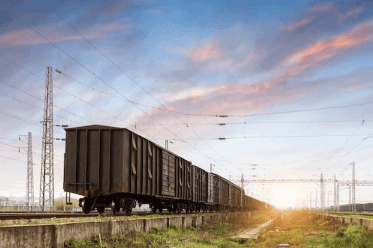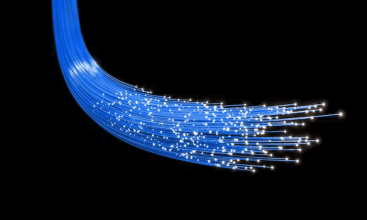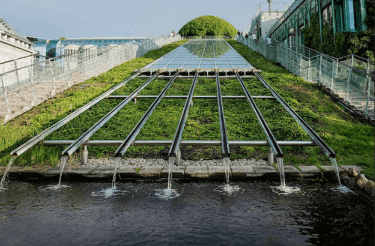Question
a.
1380
b.
1520
c.
1710
d.
1915
Interact with the Community - Share Your Thoughts
Uncertain About the Answer? Seek Clarification Here.
Understand the Explanation? Include it Here.
Q. Refractoriness of a typical silica brick corresponds to Segar cone number, '32', which is equivalent to a temperature of __________ °C.
Similar Questions
Explore Relevant Multiple Choice Questions (MCQs)
Q. Beryllia (which is used in making crucibles for melting uranium & thorium) is superior to alumina in all respects for high temperature (> 1900°C ) use, except
View solution
Q. An insulating refractory brick should have high porosity and low thermal conductivity. Which of the following is not used for inducing porosity in the insulating refractory bricks during its manufacture ?
View solution
Q. Firing of refractory brick is done to
View solution
Q. Chemically, mullite refractories is
View solution
Q. Panel test determines the __________ of refractories.
View solution
Q. Fireclay bricks are not used in the
View solution
Q. Fusion point of a basic refractory material is
View solution
Q. RUL of refractories depends on the
View solution
Q. Which is the stable form of silica between 1470°C and the melting point 1713°C ?
View solution
Q. Refractories are dried in the
View solution
Q. Cermets are combination of ceramic and metallic materials due to which they have high strength & resistance to high temperature. Cermets are used in the
View solution
Q. Hot metal runner in blast furnace are lined with __________ bricks.
View solution
Q. Spray test determines the __________ of refractories.
View solution
Q. Thermal diffusivity of a refractory brick is high, when its __________ is high.
View solution
Q. High porosity refractory bricks have
View solution
Q. Vacuum steel degassing units are lined with
View solution
Q. Pyrometric cone equivalent (PCE) value (Segar cone) of 'superduty refractories' is more than 33 which corresponds to a temperature of __________ °C.
View solution
Q. Which is the stable form of silica below 870°C ?
View solution
Q. Capacity of a refractory brick to withstand-sudden changes in temperature is denoted by the property called
View solution
Q. Magnesite bricks are used in those parts of furnaces, which are
View solution
Recommended Subjects
Are you eager to expand your knowledge beyond Basic Chemical Engineering? We've handpicked a range of related categories that you might find intriguing.
Click on the categories below to discover a wealth of MCQs and enrich your understanding of various subjects. Happy exploring!








